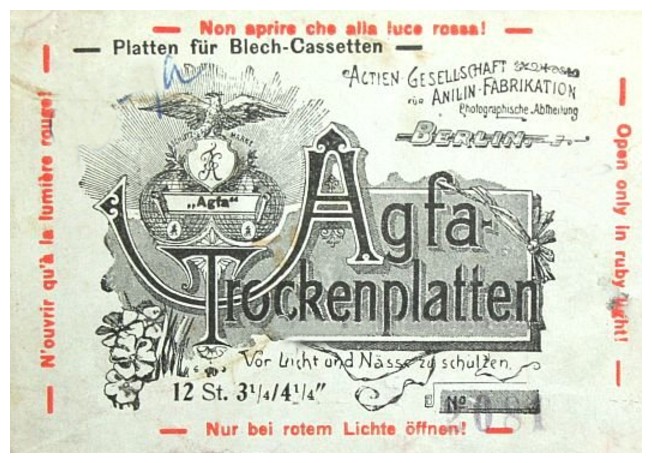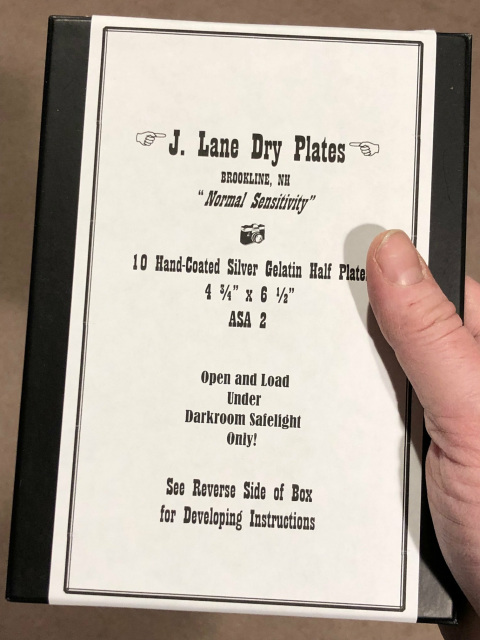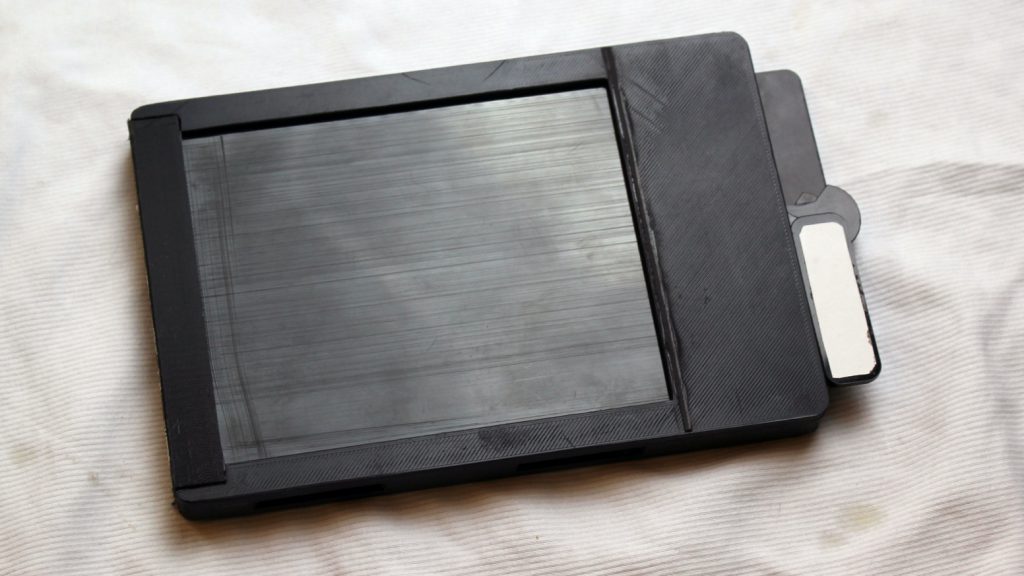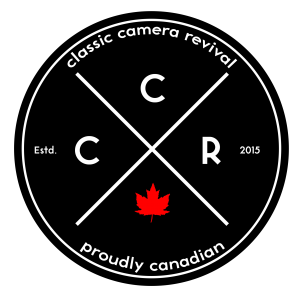Before there was film, there were plates. But the wet plate was not exactly the easiest method of taking pictures, so the dry plate was introduced. It was the first method of photography where the medium could be shot and then processed later. In fact, the dry plate was what propelled George Eastman into the public eye. And while dry plates haven’t been seen in decades, several folks have taken it upon themselves to produce a new form of dry plate and today we have one of those people, Jason Lane.

unbekannt, okänd, onknown [Public domain]
On today’s episode, we have none other than Jason Lane and enter a territory that we at CCR have not been to in the past, the world of dry-plate photography. Despite being an old form of photography, pre-dating the 20th Century, it still occupies a niche in the photographic community today, much like those who practice wet plate photography. The idea behind dry plates began almost as soon as photography became popular using a wet plate. The biggest problem with wet plate is that the plates must be coated, exposed, and developed all well the plate was still wet. George Shadbolt began working on a honey/water mixture in 1854 to help pre-coat the plate and keep it moist for longer periods of time another attempt in 1856 by John Llewelyn used a similar process. In both cases, they were able to extend the length of time between coating and exposure and processing but reduced the sensitivity of the plates. In 1860 Dr J. M. Taupehart using the albumen process combined with the collodion process to create one of the first dry processes, but the plates only remained sensitive for a few weeks and were even less sensitive than the earlier processes. But the convenience of the processes outweighed the loss of sensitivity. The dry plate processes wouldn’t see any level of perfection until a decade later when Dr Richard L Maddox using a gelatin layer to suspend the light-sensitive material in 1871 that dry-plates became commercially viable. Not only were they stable for long periods of time they proved far more light-sensitive than before. Rather than lock in his creation, Maddox released the formula to the world. A young George Eastman came across the idea of dry-plates, having experienced less than ideal experiences with wet plate photography. He lost some clothes to photochemistry while on vacation to Mackinac Island. By 1878 the process had been nearly perfected through the efforts of many, and even George Eastman began to experiment and that same year perfected a machine to handle the coating of plates. By 1881 George Eastman had perfected, patented, and began commercial production of dry plates. From Eastman, photography launched from a highly specialized niche hobby and profession to something that the everyman could complete. Of course, they occupied a small moment in the spotlight as by 1885 flexible film took over, but plates saw regular use until 1825. Surprisingly the commercial production of plates continued well into the 20th Century. It saw continued use in the areas of medical imaging, astrophotography, high energy physical, and electron microscopy. And it wasn’t until the 1990s that production of dry plates came to an end.

So there should be no surprise that plate photography has again fallen back into the niche of the photography world. But why should that matter now? Well, there’s still a strong following of wet plate photography, why shouldn’t there be a following for dry plates? Jason is among a surprisingly large niche group who still use plates today. In fact, Jason is the guy behind a resurgence of commercial plates through the J.Lane line of plates that you can get (for a surprisingly inexpensive cost within context) for your cameras today. And you don’t even need to get a plate camera to get them to work as he produces them in standard sizes to work with modern large format cameras. These plates are not the fastest out there, rated to about ASA-2 and best developed in HC-110 or D-76. Developing is done either in the darkroom but you can get a special set of holders for the SP-445 tank. But the biggest question is where do you get holders to support the plates? Many that are available on the used market are getting close to 100 years old, even the last standard holders were produced in the 1920s. And driven by the constant question, Jason, spurred on by Em from Emulsive joined with Steve from Chroma Camera launched and successfully funded a Kickstarter campaign to create a new set of plate holders.

If you want to see more about Dry Plates, here are some resources.
Jason Lane’s Site – www.pictoriographica.com
Jason Lane on Instagram
The Light Farm – A good resource for dry plate photography
Dry Plate Photography Facebook Group
Want a subscription to SilverGrain Classics and are a fan of Classic Camera Revival? Visit their shop online and buy a magazine or a subscription? Looking for a good spot to get your gear and material fix check out Burlington Camera (Burlington, ON), Downtown Camera (Toronto, ON), Film Plus (Toronto, ON), Belle Arte Camera (Hamilton, ON), Pond’s FotoSource (Guleph, ON), Foto Art Camera (Owen Sound, ON). Out West there’s The Camera Store (Calgary, AB) and Beau Photo Supply (Vancouver, BC). Additionally you can order online at Argentix (Quebec), buyfilm.ca (Ontario), the Film Photography Project or Freestyle Photographic. Looking for development options, check out these labs that have our support, Boréalis Photo Lab, Old School Photo Lab, The Darkroom, and Film Rescue International.
Also you can connect with us through email: classiccamerarevivial[at]gmail[dot]com or by Facebook, we’re at Classic Camera Revival, Twitter @ccamerarevival, and Instagram (@classiccamerarevival)!
